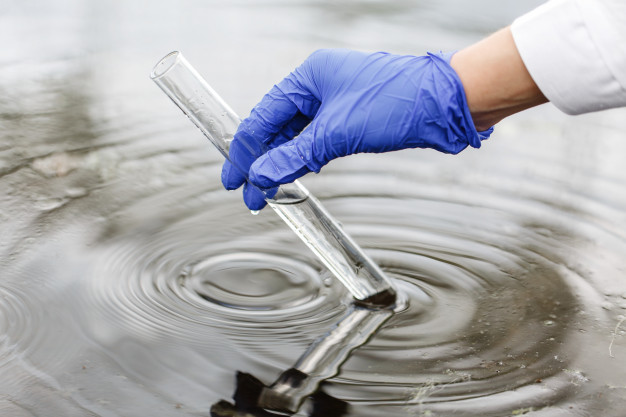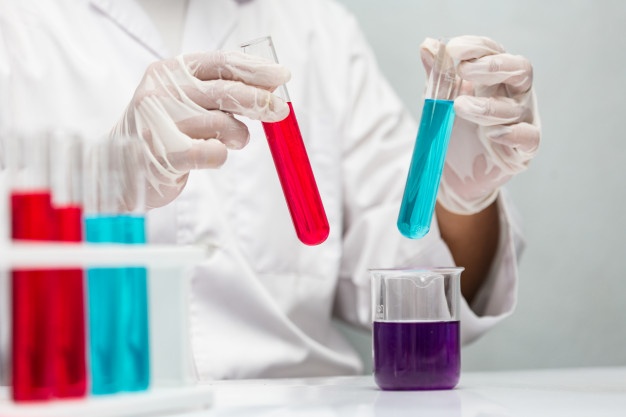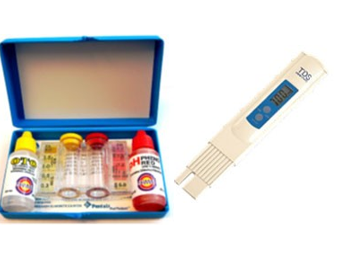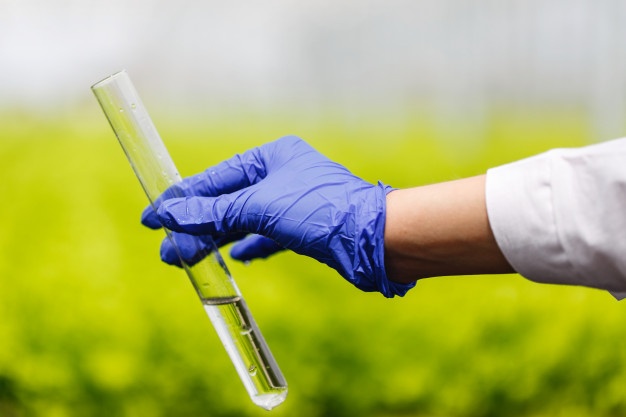First things first, We need to get familiar with your water supply condition to recommend the best products and services based on your need. This exact procedure is happening through testing kits in packages that include all the required equipment to get a good sample of the water and other portable tools to obtain water status results.
Suppose your drinking water does not come from a public water system or coming from a household well. In that case, the responsibility is on you to ensure your water is safe to drink. Still, we are here at Canadaqua to take that responsibility off your shoulders and provide you with the result, a nice glass of purified water. For this reason, routine testing of the most common contaminants is highly recommended. Regular testing of your water can be valuable to establish a record of water quality, which is also vital in assessing any future problems with your water quality. Another reason to maintain water testing is if you need to pursue compensation if a third party damages your water supply. Canadaqua industries cooperate with Maxxam lab to test your water with high accuracy. Modern tools and machinery to detect every concerned contaminant in the sample water and return the result.

Water testing in Canada has some stages. Maxxam lab and other certificated labs have some sampling procedures, Bacteriological analysis, decision-making for selection of analysis method, and Physicochemical analysis. They follow these stages behind the WHO organization's path to ensure the quality control of every stage filtration while considering the safety of our laboratory environments and staff.

The first step in the water testing journey is sampling; samples should be taken from places where the water sources are representatives or the points that water is delivered to the customers. Every neighbourhood should be considered individually. In this procedure, sampling points must be evenly distributed throughout a piped distribution system, taking population distribution into account. The samples are being tested for microbiological quality controls by measuring the indicator bacteria. Policies for storing the samples are so precise, and all the needed equipment is provided. They will be stored in boxes usually covered with ice-pack or freezing mixture to hold their status. The processes take place in the standard timing to avoid impacting the result in the procedures. If the conditions are not met, samples will be regarded. Existing chlorine in the water should be removed before the water enters the process to prevent the microbes' elimination. The next stage is to analyze a bacteriological contaminant. The microbiological analysis of drinking-water emphasizes the evaluation of the hygienic quality of the supply. One of the critical factors of these analysts is the efficiency of drinking-water treatment plants. The isolation of specific pathogens in the water will investigate and control the outbreak of diseases. Coliform organisms have long been recognized as a suitable microbial indicator of drinking-water quality in the sanitary inspection process.
The standardization of methods and laboratory procedures is essential in water testing procedures. Standard methods of analytical techniques should be evaluated under local conditions. The appropriate selective temperature should be incubated for a suitable time to replicate the indicator organisms.
The most important tests used in water-quality surveillance or quality control in small communities are microbiological quality and turbidity. If the water source contains chemicals like chlorine, it should be carried out whenever a sample is taken. The chlorine has the potential of killing microbes and bacteria so that it can affect the results; if it is not, microbes may be killed during transit, and an erroneous result will be obtained. Labs usually use sodium thiosulfate to neutralize any chlorine present. Drinking-water contains relatively high concentrations of nutrients and species rarely found in feces and may multiply in relatively good-quality drinking water. Coliform bacteria should not be detectable in treated water supplies and, if found, suggest inadequate treatment, posttreatment contamination, or excessive nutrients. The coliform test can, therefore, become an indicator of the integrity of the distribution system. The principal methods used in the isolation of indicator organisms from water are:
* The membrane-filtration (MF) method.
* The multiple-tube (MT).
* Most probable number (MPN) method and presence-absence tests.


After passing the bacteriological analysis stage, some questions must be answered to clarify the selection of analysis methods and the analytical test results.
Is the source heavily contaminated with human or animal feces?
If the answer is positive, it leads to the concern of chemical percentages in the water; otherwise, we decide to end the experiment or measuring the turbid density.
Does the water contain chemicals? And what are the percentages of them?
As we explained before, chemicals like chlorine can destroy pathogens, so if detected higher than a minimum amount, analytics will be ended, otherwise proceeding to the next questions.
Is the water very turbid?
Due to the turbidity of the water source, one of the principal methods will be selected. If the sample is unlikely to contain fecal bacteria, is the analysis to be undertaken anyway? When the chemicals eliminate the bacteria and other pathogens in the sample, then the test will not represent exact results for us. So, continuing the process would be worthless.
Is it practical to transport samples on ice to a laboratory for processing within 24 h?
When the answer is yes, samples will be transported to the laboratory on ice with thiosulfate and process within 24 h using either MPN or MF methods.
If the situation is not suitable for the samples' transportation, the highest priority is on-site testing using the MF method in portable kits. We have complete test kits that are perfect for these purposes. The physicochemical analysis is another stage on the row covering the Chlorine residual in the water, pH measurement and turbidity for the selection and efficiency of treatment processes.
We have covered a small side of water testing in the water treatment process here at Canadaqua. The major part of the tests happens under the specific conditions in Maxxam lab, but for certain circumstances, we offer our pocket test kits and accessories that are the ideal solution for residential, industrial and other in-situ environmental situations. LaMotte & Hatch Solutions and Reagents include everything you need for a standard test. However, some tests won't show accurate results unless they take place under lab conditions. Yet, you can yield the overall information about your water supply status by using our test kits.


The aesthetic parameters monitoring stage is related to the detectable parameters by the senses, namely, turbidity, colour, taste, and odour. These are the inexpensive and straightforward factors that play an essential role in water quality and organic matter. These stages are meant to recognize fecal contamination, which is the most relevant quality problem with drinking-water, pathogens, and other contaminants that would risk the Vancouver Island community's health. A significant number of serious problems may occur due to chemical contamination from various natural and human-made sources.